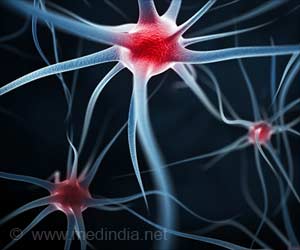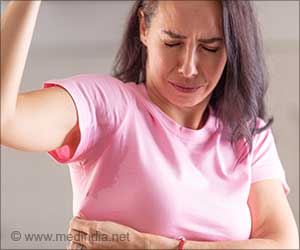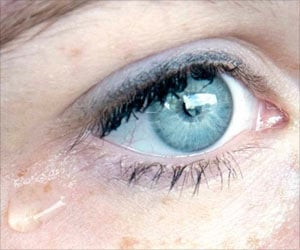A peculiar thin layer of clear plasma, devoid of red blood cells exists adjacent to the walls of our arterioles, capillaries, and venules -- the blood vessels that make up our microcirculation.

The model is described in a paper appearing in the journal Physics of Fluids.
The thin plasma layer, known as the Fåhræus-Lindqvist layer, is created naturally when blood flows through small vessels. In the microcirculation, the layer forms because red blood cells tend to naturally deform and lift away from the vessel walls. "The reason they don't just continually move away from the wall and go far away is because, as they move away, then also collide with other red blood cells, which force them back," Shaqfeh explained. "So the Fåhræus-Lindqvist layer represents a balance between this lift force and collisional forces that exist in the blood."
Because the deformation of red blood cells is a key factor in the Fåhræus–Lindqvist layer, its properties are altered in diseases, such as sickle cell anemia, that affect the shape and rigidity of those cells. The new model, which is a scaled-down version of an earlier numerical model by Shaqfeh and colleagues that provided the first large-scale, quantitative explanation of the formation of the layer, can predict how blood cells with varying shapes, sizes, and properties -- including the crescent-shaped cells that are the hallmark of sickle cell anemia -- will influence blood flow.
The model can also help predict the outcome of -- and perfect -- treatments for trauma-related injuries. One common thing to do during treatment for trauma injuries is to inject saline, which among other things reduces the hematocrit, the blood fraction of red blood cells. With our model, Shaqfeh said, "we can predict how thick the Fåhræus-Lindqvist layer will be with a given hematocrit, and therefore how close the platelets will be to the periphery of the blood vessels -- and how quickly clotting will occur."
Source-Eurekalert










